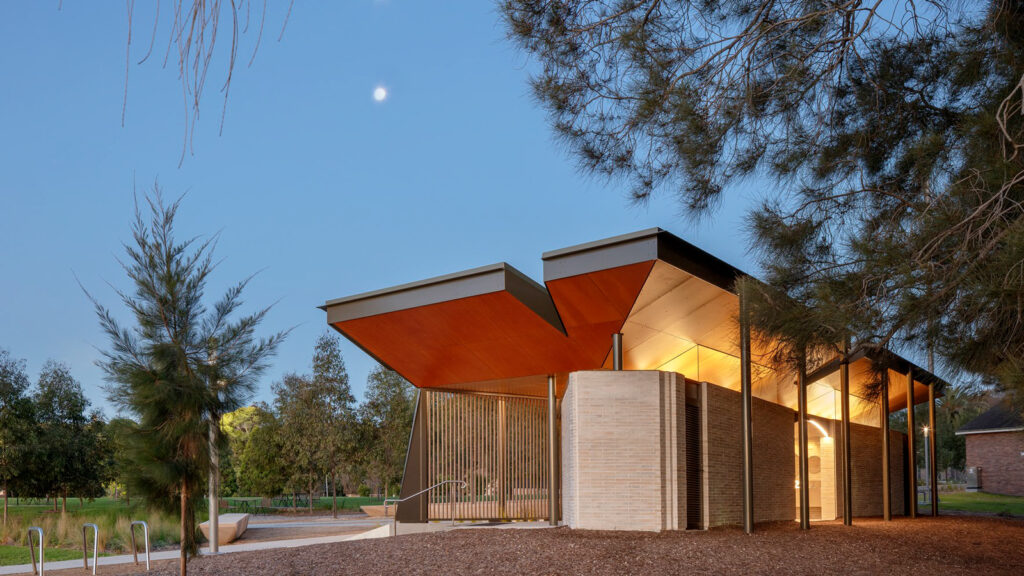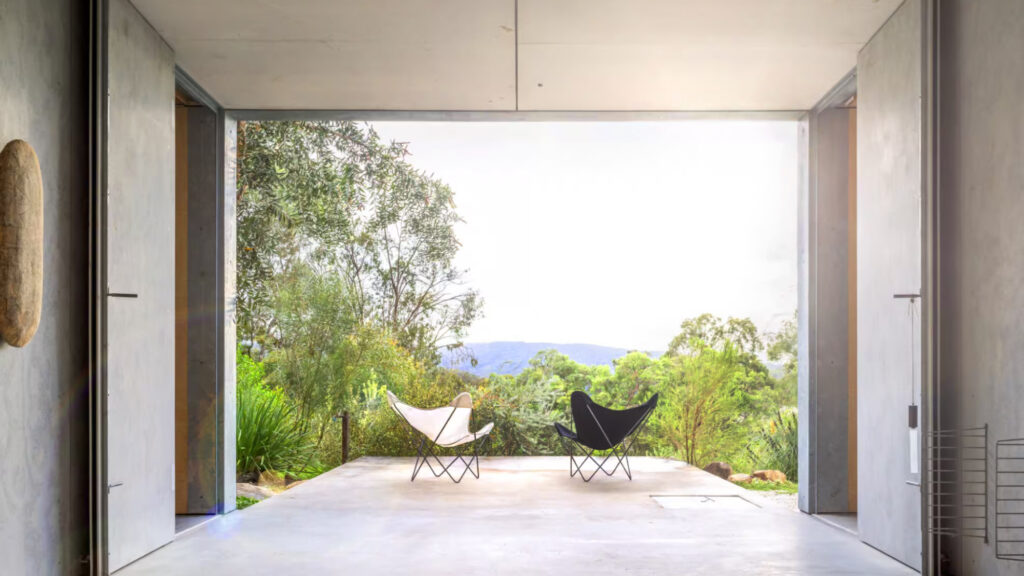Most people associate structural engineers with buildings and infrastructure (e.g. concrete office blocks, bridges, towers, and so on). But there’s a whole other realm that is very dependent on structural engineers – and it’s an area that Partridge has been involved with for several decades….
One of the more unique areas of interest and expertise for our team is engineering for temporary public art structures. You may recognise some of these, including the various light installations for Vivid Sydney; the zodiac animal lanterns scattered around Circular Quay and The Rocks for the Sydney Lunar Festival; installations for Art & About; the many amazing artworks at Sculpture by the Sea in both Bondi and Cottesloe; and numerous international inflatable artworks including a giant Tina Turner Head in Margate in the UK, and art installations for international festivals such as Burning Man in the USA.
These works are often “bumped in” and back out again within a few weeks or sometimes even just a few days, but what you may not realise is that they actually require months of planning and collaboration between artists, engineers, event organisers, fabricators and installers to ensure the artwork is aesthetically beautiful and in line with the artist’s vision. They also need to be constructed and installed within the site constraints and within the project’s budget. And, importantly, they also need to be safe for the public during high wind events and to cope with the inevitable “public interaction” loading! So let’s look at what happens behind the scenes…
The first challenge for an engineer in this role is to consider the site and the level of public interaction that may be possible with the artwork. (For example, can members of the public climb on it? Will a skylarker try to hang off it?) The task (and skill) is to determine the reasonable loads that need to be resisted by the artwork. With temporary structures, there is clear guidance in the Australian Standards for calculating site-specific wind loads, however, the full wind loads outlined therein are typically the worst-case wind loads that might be predicted to occur once every 100 years! Most temporary structures like marquees, branding activations like lightweight media walls, and some temporary public artwork would not be able to resist these full wind loads.
For temporary structures that might only be erected for a number of weeks, it is neither practical nor viable to design them to codes intended to resist one-in-100-year winds! Accordingly, our structural engineers use our combined years of experience in this field, our knowledge of the sites, guideline documents on temporary structures, and our judgement to determine a reduced wind speed that takes into account the reduced install duration compared to a permanent structure. This generally allows for more slender and lightweight structures, using less ballast for stabilisation against the lower winds, which results in a solution that tends to be more pleasing to artists and more cost effective.
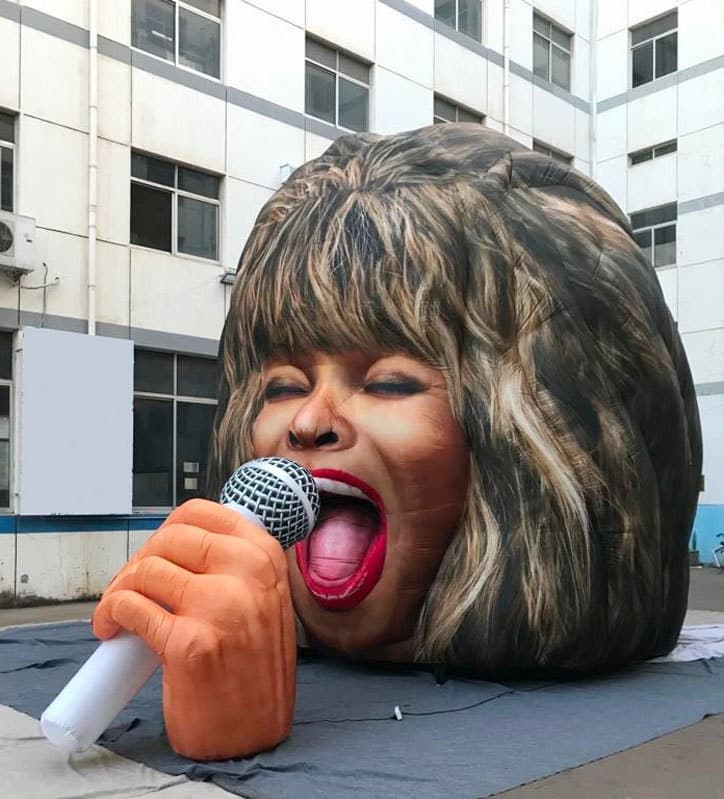
However, designing structures for lower wind speeds comes with risks. What if a one-in-25-year (or even one-in-100-year) wind event does occur whilst the structure is up? This is where a Wind Management Plan comes in. Engineers work together with event organisers to develop a plan to monitor wind forecasts and, for bigger events, to also monitor the actual wind speeds on site using a wind anemometer. The project team works to plan and enact a “make safe” operation if high winds are forecast. For public artwork, this usually involves either removing part of the artwork that catches the most wind, if that is possible, or creating an exclusion zone around the piece. For other temporary structures it might involve laying a media wall flat on the ground, or removing the fabric on a marquee. The Wind Management Plan becomes a very important part of the structural design certificate that engineers prepare at the end of the design phase of a project.
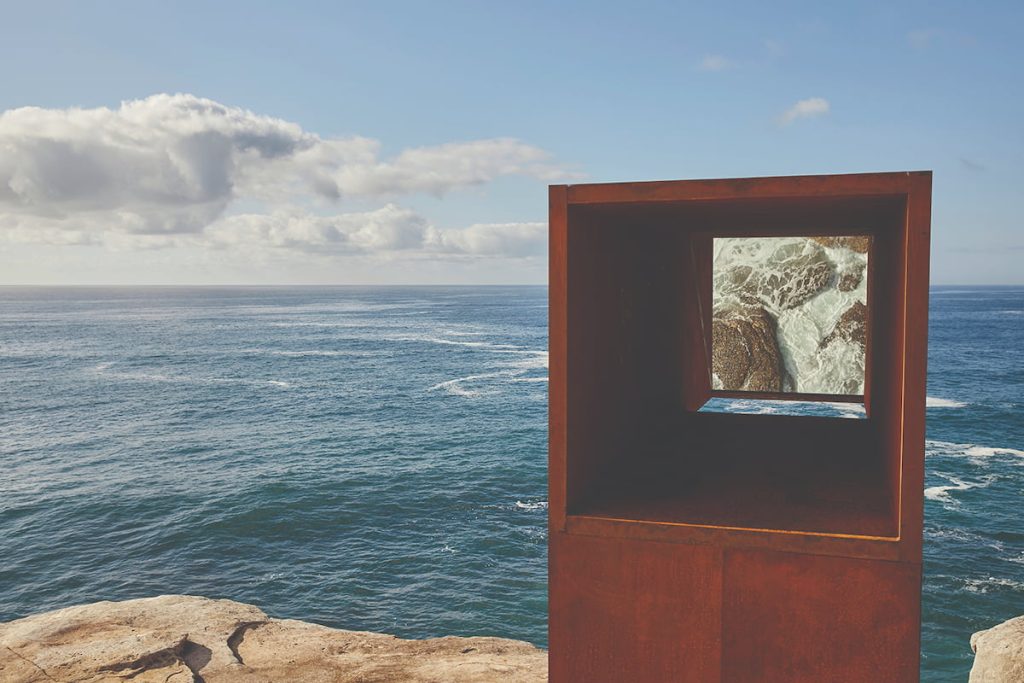
After the analyses and structural designs have been agreed to and certified, it is also important that the structures are inspected on site by a structural engineer before the opening of an event. Our engineers attend site when the build is nearly complete to ensure the installation is in accordance with the design. Sometimes the inspections can be in the middle of the night, particularly for installations in very public locations such as CBD malls, pedestrian arcades, and other areas where access for construction vehicles is sometimes only permitted at night.
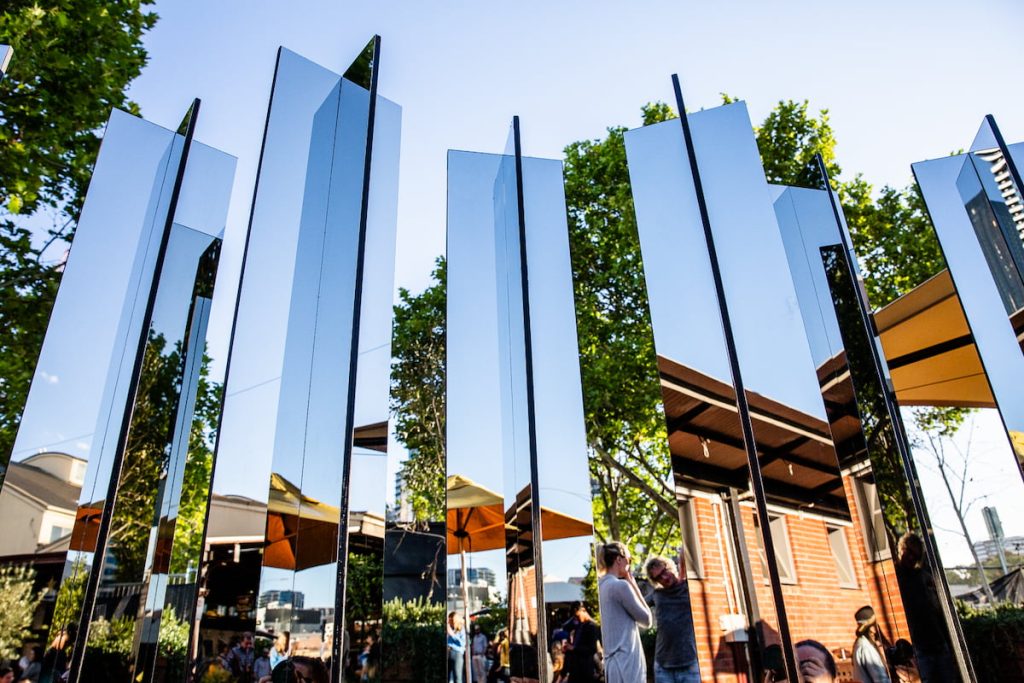
Our fantastic team of structural engineers learn to think outside the box by designing and delivering a range of exceptional projects ranging from innovative public art installations to temporary pop up bars and stalls, marquees and inflatables – specialising in permanent and temporary public art, marketing structures, temporary event structures such as stages and marquees, as well as film and television structures. Our engineers are registered to provide structural certification not only across our Sydney and Melbourne branches but nationally and internationally. Get in touch with us if we can assist you with your next temporary structure!

